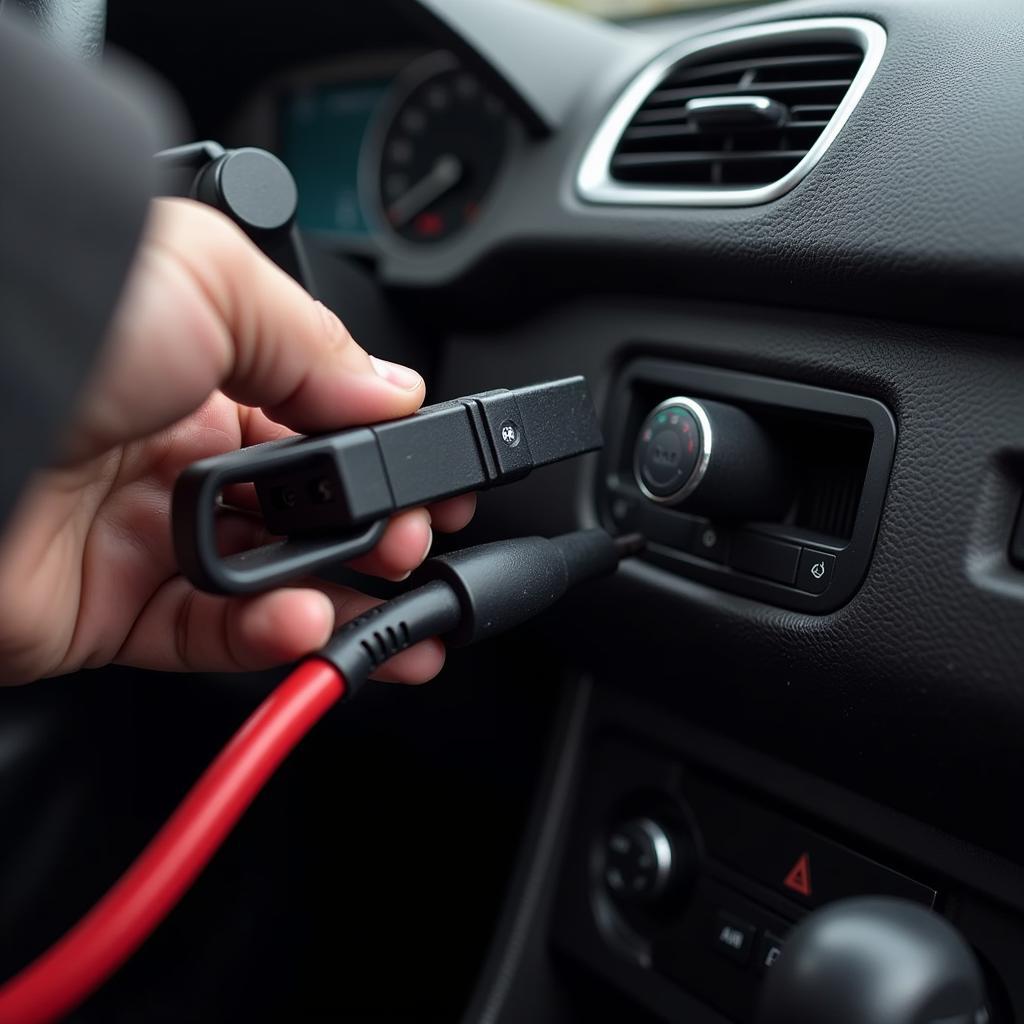The DirectX Diagnostic Tool is a valuable utility for troubleshooting multimedia issues in Windows 7. Whether you’re experiencing game crashes, display problems, or sound glitches, this tool provides essential information about your DirectX configuration. Here’s a comprehensive guide on how to find and utilize the DirectX Diagnostic Tool in Windows 7.
Locating the DirectX Diagnostic Tool
Windows 7 offers a straightforward way to access the DirectX Diagnostic Tool:
- Open the Start Menu: Click on the Windows orb in the bottom-left corner of your screen.
- Type “dxdiag” in the search bar: The search bar is located at the bottom of the Start Menu. As you type, matching programs will appear above.
- Select “dxdiag”: Choose the program labeled “dxdiag” or “DirectX Diagnostic Tool” from the search results. This will launch the tool.
Navigating the DirectX Diagnostic Tool
The DirectX Diagnostic Tool presents information across various tabs:
- System: This tab displays general system information, including your operating system version, processor details, and RAM.
- Display: This tab provides information about your graphics card, drivers, and DirectX features related to display.
- Sound: This tab shows details about your sound card, drivers, and DirectX audio capabilities.
- Input: This tab lists connected input devices like keyboards, mice, and game controllers.
Using the DirectX Diagnostic Tool for Troubleshooting
Here’s how to use the information provided by the tool:
- Check for Errors: Each tab features a “Notes” section at the bottom. This section highlights any detected problems with your DirectX configuration or device drivers.
- Verify Driver Versions: Ensure your display and sound drivers are up to date. Outdated drivers can cause compatibility issues with DirectX.
- Gather System Information: If you’re seeking technical support, the DirectX Diagnostic Tool can generate a comprehensive report of your system’s specifications. To do this, click on the “Save All Information…” button.
Troubleshooting Common DirectX Issues
While the DirectX Diagnostic Tool helps diagnose problems, resolving them often requires additional steps:
1. Graphics Issues:
- Update Graphics Drivers: Visit the website of your graphics card manufacturer (NVIDIA, AMD, or Intel) and download the latest drivers for your specific model.
- Lower Game Settings: If you experience lag or graphical glitches in games, try reducing the graphics settings within the game’s options menu.
2. Sound Issues:
- Update Sound Drivers: Similar to graphics drivers, ensure your sound card drivers are up to date. Check the website of your motherboard manufacturer or sound card manufacturer for the latest drivers.
- Check Audio Connections: Verify that your speakers or headphones are properly connected to your computer.
3. DirectX Installation Issues:
- Reinstall DirectX: In some cases, reinstalling DirectX can resolve corruption issues. You can download the DirectX End-User Runtime Web Installer from the Microsoft website.
Seeking Further Assistance
If you’re unable to resolve DirectX issues using the diagnostic tool and troubleshooting steps, consider contacting:
- Game or Application Support: If the problem is specific to a particular game or application, their support team may offer tailored solutions.
- Microsoft Support: For general Windows or DirectX issues, Microsoft’s support website and forums can provide guidance.
[image-1|directx-diagnostic-tool-window-7|DirectX Diagnostic Tool in Windows 7| A screenshot of the DirectX Diagnostic Tool open in Windows 7. The tool is displaying the System tab, which shows information like the operating system version, processor details, and amount of RAM.]
Remember, while the DirectX Diagnostic Tool is a powerful resource, it’s essential to approach troubleshooting systematically. By following these steps and seeking assistance when needed, you can address most DirectX-related challenges in Windows 7.
For expert assistance with automotive software and equipment for resolving car issues, contact ScanToolUS at +1 (641) 206-8880 or visit our office located at 1615 S Laramie Ave, Cicero, IL 60804, USA.


